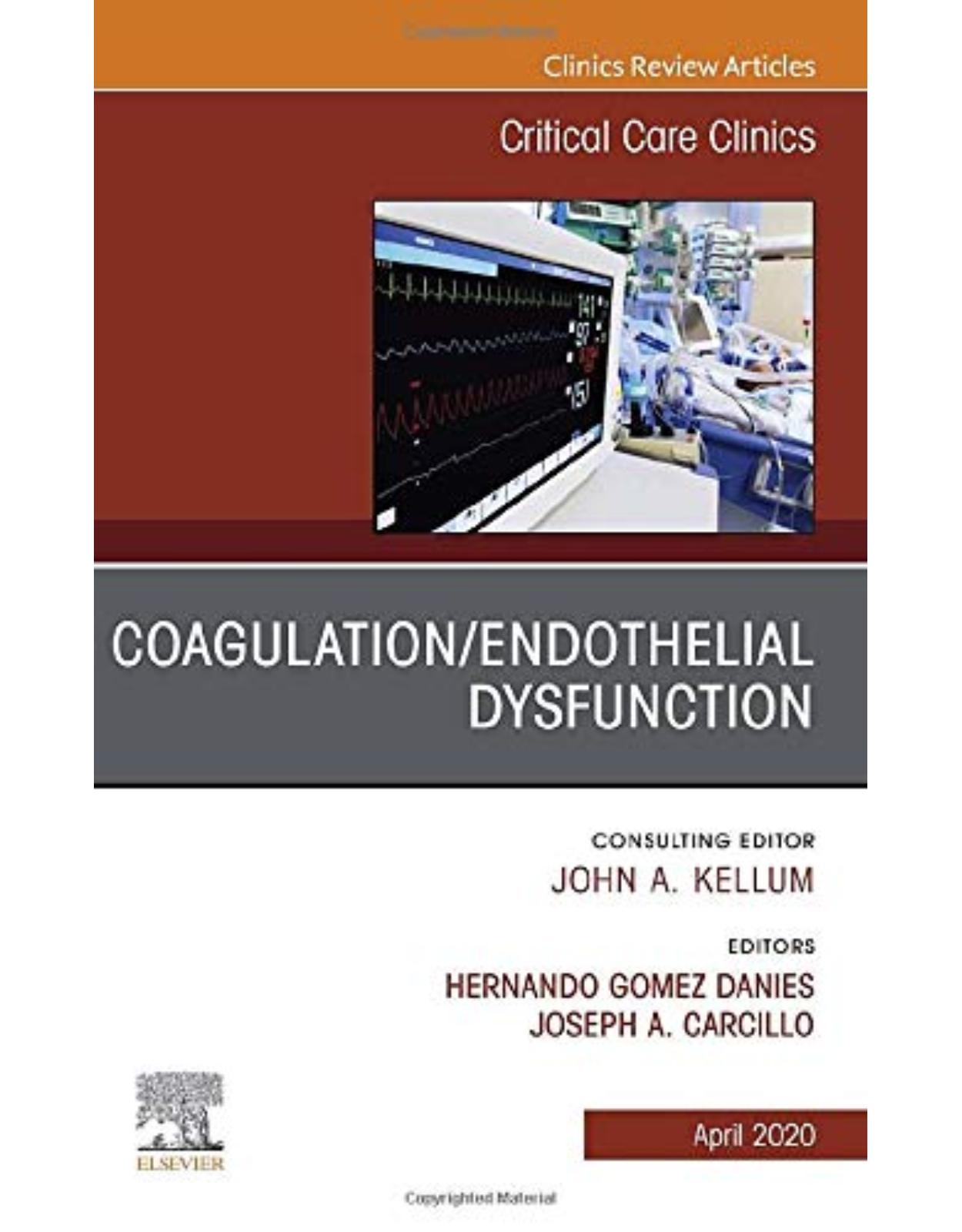
Coagulation/Endothelial Dysfunction ,An Issue of Critical Care Clinics (Volume 36-2)
Livrare gratis la comenzi peste 500 RON. Pentru celelalte comenzi livrarea este 20 RON.
Disponibilitate: La comanda in aproximativ 4 saptamani
Editura: Elsevier
Limba: Engleza
Nr. pagini: 240
Coperta: Hardcover
Dimensiuni:
An aparitie: 3 April 2020
Description:
This issue of Critical Care Clinics, guest edited by Drs. Hernando Gomez Danies and Joseph Carcillo, focuses on Coagulation/Endothelial Dysfunction. This is one of four issues each year selected by the series consulting editor, Dr. John Kellum. Articles in this issue include, but are not limited to: Cell-cell communication breakdown and endothelial dysfunction; Role of the Tie2/Angiopoetin pathway in endothelial dysfunction; The Glycocalyx; Platelet activation and endothelial dysfunction; Role of antithrombin III and tissue factor pathway; Red blood cell dysfunction; Microvascular hemodynamics, autoregulation and mechanotransduction control of blood flow distribution; Nitric oxide and endothelial dysfunction; Microvascular dysfunction; Hemolytic Uremic Syndrome and atypical HUS; Thrombotic thrombocytopenic purpura, Heparin induced thrombocytopenia and Disseminated intravascular coagulation in the critically ill; Thrombocytopenia associated multiple organ failure (TAMOF); Meningococcemia; Immune consequences of endothelial dysfunction during sepsis; Therapeutic targets in thrombotic microangiopathies with a focus on endothelial disorders; and Coagulation disorders in HLH/Macrophage activation syndrome.
Table of Contents:
Copyright
Contributors
Forthcoming Issues
Preface
Cell-Cell Communication Breakdown and Endothelial Dysfunction
Key points
Introduction
Characteristics of the normal endothelium
Functions of the endothelium
Endothelial development and cell-cell communication
Mechanisms of endothelial dysfunction contributing to disease progression
Summary and perspectives
The Angiopoietin-Tie2 Pathway in Critical Illness
Key points
Introduction
Biology of the angiopoietin-Tie2 axis
Preclinical evidence of Tie2 regulating vessels during inflammation
Clinical evidence implicating the Tie2 axis
Sepsis and disseminated intravascular coagulation
Summary and future directions
Endothelial Glycocalyx
Key points
Introduction
Composition and function of the endothelial glycocalyx
Endothelial glycocalyx and acute respiratory distress syndrome
Endothelial glycocalyx and trauma
Endothelial glycocalyx and hypervolemia
Endothelial glycocalyx and ischemia/reperfusion
Endothelial glycocalyx and hypernatremia/hyperglycemia
Endothelial glycocalyx, microcirculation, and volume therapy
Endothelial glycocalyx, sepsis, and acute kidney injury
Platelet Activation and Endothelial Cell Dysfunction
Key points
Introduction
Overview of platelet function and activation
Overview of endothelial cell function
Hemostasis
Barrier function
Effects of inflammation on platelets and hemostasis
Disturbance of endothelial cell function in critical illness
Summary
Role of Antithrombin III and Tissue Factor Pathway in the Pathogenesis of Sepsis
Key points
Introduction
Normal pathophysiology and alterations in sepsis
Disseminated intravascular coagulation in sepsis
Multiorgan dysfunction/failure
Role of antithrombin in the coagulopathy of sepsis
Antithrombin treatment of sepsis
Role of tissue factor in the coagulopathy of sepsis
Tissue factor treatment strategies in sepsis
Summary
Red Blood Cell Dysfunction in Critical Illness
Key points
Introduction: the erythron
Capture and release of oxygen by red blood cells
Red blood cell biophysical factors influencing tissue perfusion
Regulation of blood flow distribution by red blood cells
Red blood cell energetics and consequences of antioxidant system failure
Acquired red blood cell injury, eryptosis, and clearance
Influence of red blood cells on hemostasis
Summary: red blood cell dysfunction disrupts of oxygen delivery during critical illness
A Review on Microvascular Hemodynamics: The Control of Blood Flow Distribution and Tissue Oxygenation
Key points
Introduction—microcirculation at a glance
Microcirculation—arterioles and venules
Mechanotransduction and nitric oxide regulation
Oxygen exchange in the microcirculation
Microcirculation—capillaries
Microcirculation—hemodynamics
Microcirculation—capillary hemodynamics
Microcirculation dysfunction
Experimental microvascular measurements
Summary
Nitric Oxide and Endothelial Dysfunction
Key points
Introduction
Nitric oxide in normal endothelial function
Alternative nitric oxide NO production: nitrate–nitrite–nitric oxide pathway
Clinical implications of endothelial nitric oxide and nitric oxide regulation
Summary
Microvascular Dysfunction in the Critically Ill
Key points
Introduction
The microcirculation
The lymphatics
The endothelium
Aging of the microvasculature
Monitoring the microvasculature
Resuscitative therapy
Summary
Typical and Atypical Hemolytic Uremic Syndrome in the Critically Ill
Key points
Introduction
Classification
Epidemiology
General pathophysiologic concepts
Diagnostic approach to the critically ill patient with suspected thrombotic microangiopathy
Shiga toxin-associated hemolytic uremic syndrome
Atypical hemolytic uremic syndrome
Secondary hemolytic uremic syndrome
Streptococcus pneumoniae–associated hemolytic uremic syndrome
Pregnancy-associated atypical hemolytic uremic syndrome
Summary
Thrombotic Thrombocytopenic Purpura, Heparin-Induced Thrombocytopenia, and Disseminated Intravascular Coagulation
Key points
Introduction
Thrombotic thrombocytopenic purpura
Heparin-induced thrombocytopenia
Disseminated intravascular coagulation
Future considerations
Thrombocytopenia-Associated Multiple Organ Failure
Key points
Introduction
Thrombotic thrombocytopenic purpura
Hemolytic uremic syndrome
Disseminated intravascular coagulation
Thrombocytopenia-associated multiple organ failure
The Inflammatory and Hemostatic Response in Sepsis and Meningococcemia
Key points
Introduction
Inflammatory response in sepsis
Hemostatic response in sepsis
Summary
Immune Consequences of Endothelial Cells’ Activation and Dysfunction During Sepsis
Key points
Introduction
Resting endothelial cells
Role of endothelial cells in innate immunity
Role of endothelial cells in adaptive immunity
Endothelial cell heterogeneity and organ dysfunction during sepsis
Summary
Coagulation Disorders in Hemophagocytic Lymphohistiocytosis/Macrophage Activation Syndrome
Key points
What is hemophagocytic lymphohistiocytosis?
Coagulation disorders and hemophagocytic lymphohistiocytosis
Summary
| An aparitie | 3 April 2020 |
| Autor | Hernando Gomez , Joseph Carcillo |
| Editura | Elsevier |
| Format | Hardcover |
| ISBN | 9780323712538 |
| Limba | Engleza |
| Nr pag | 240 |

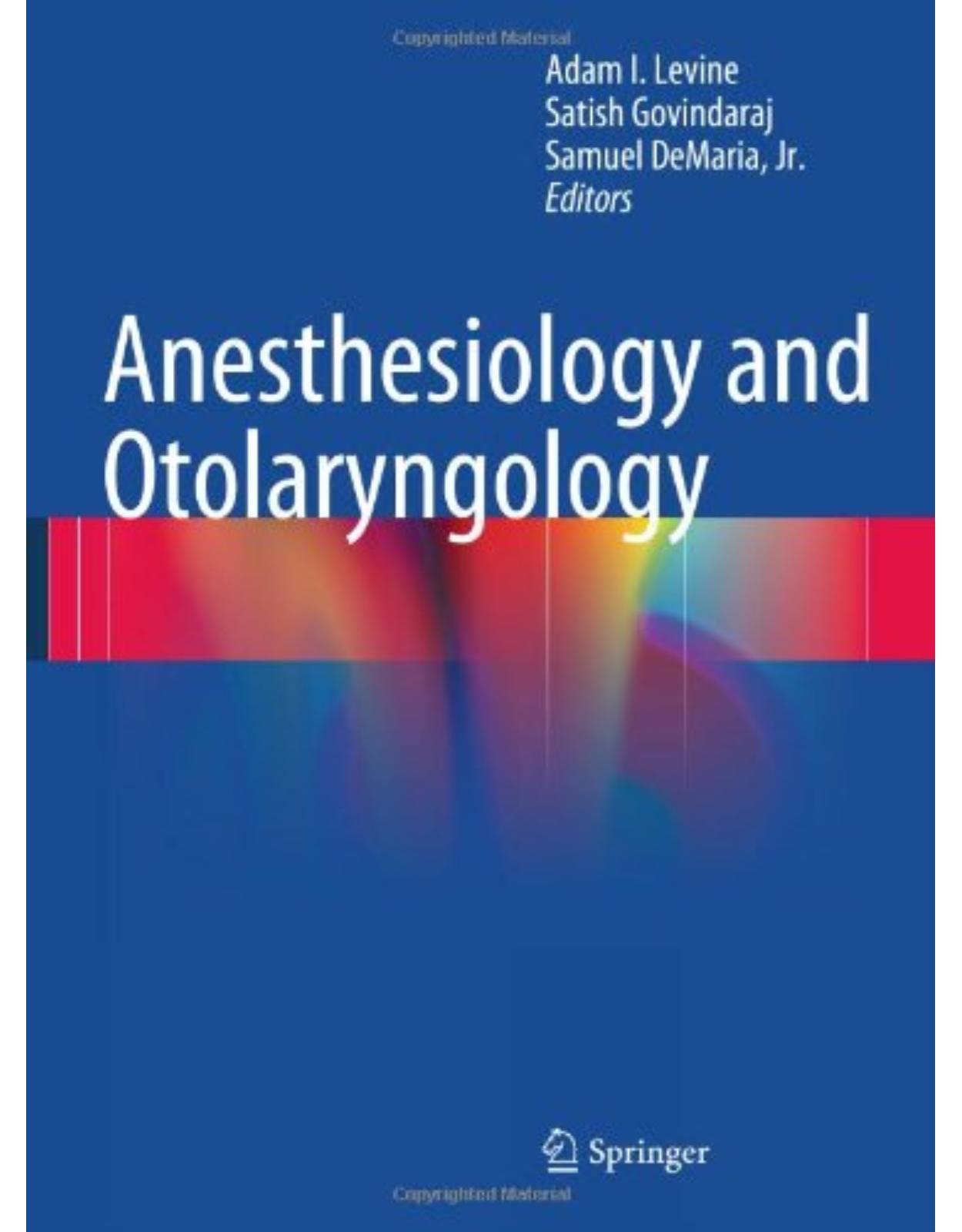
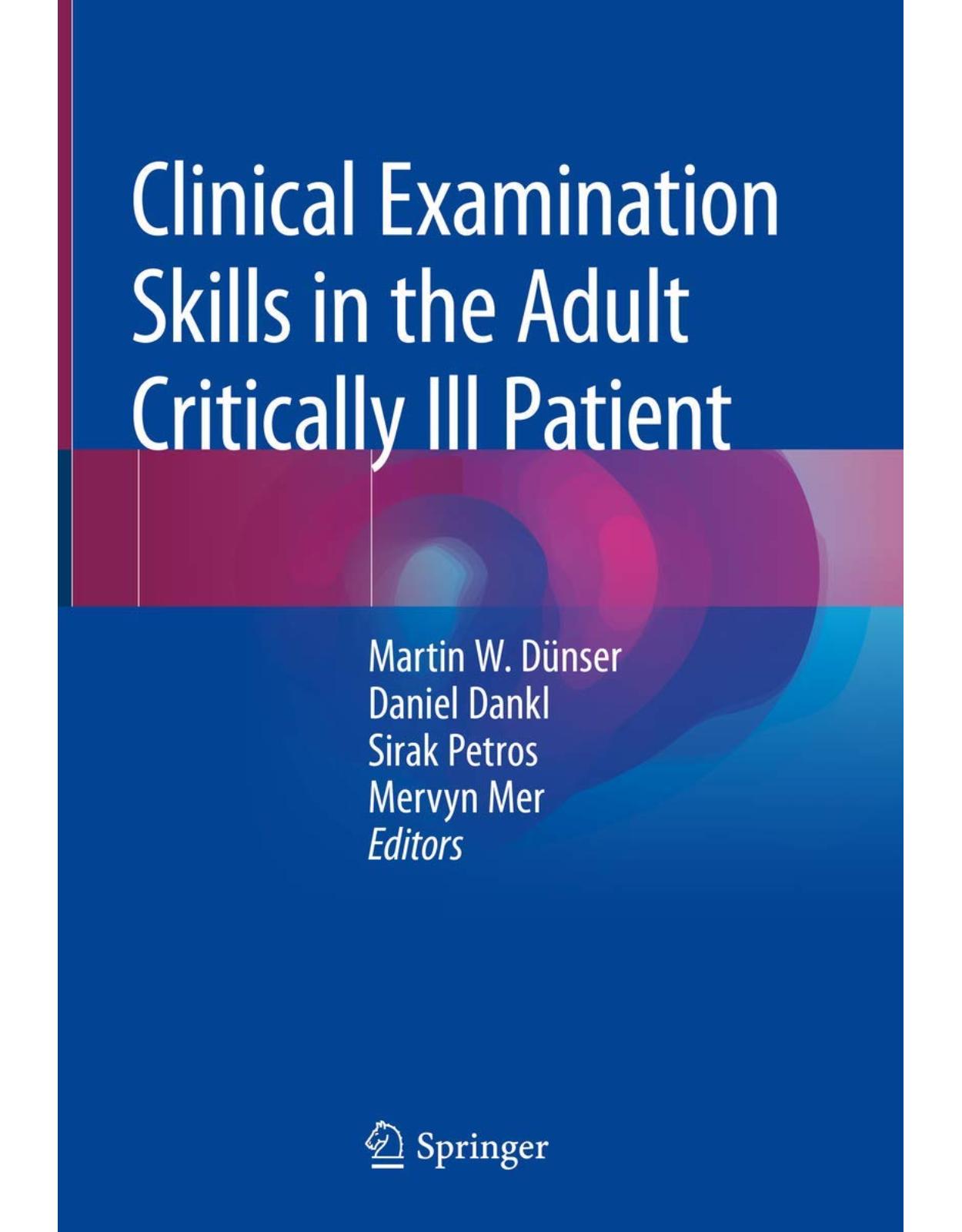
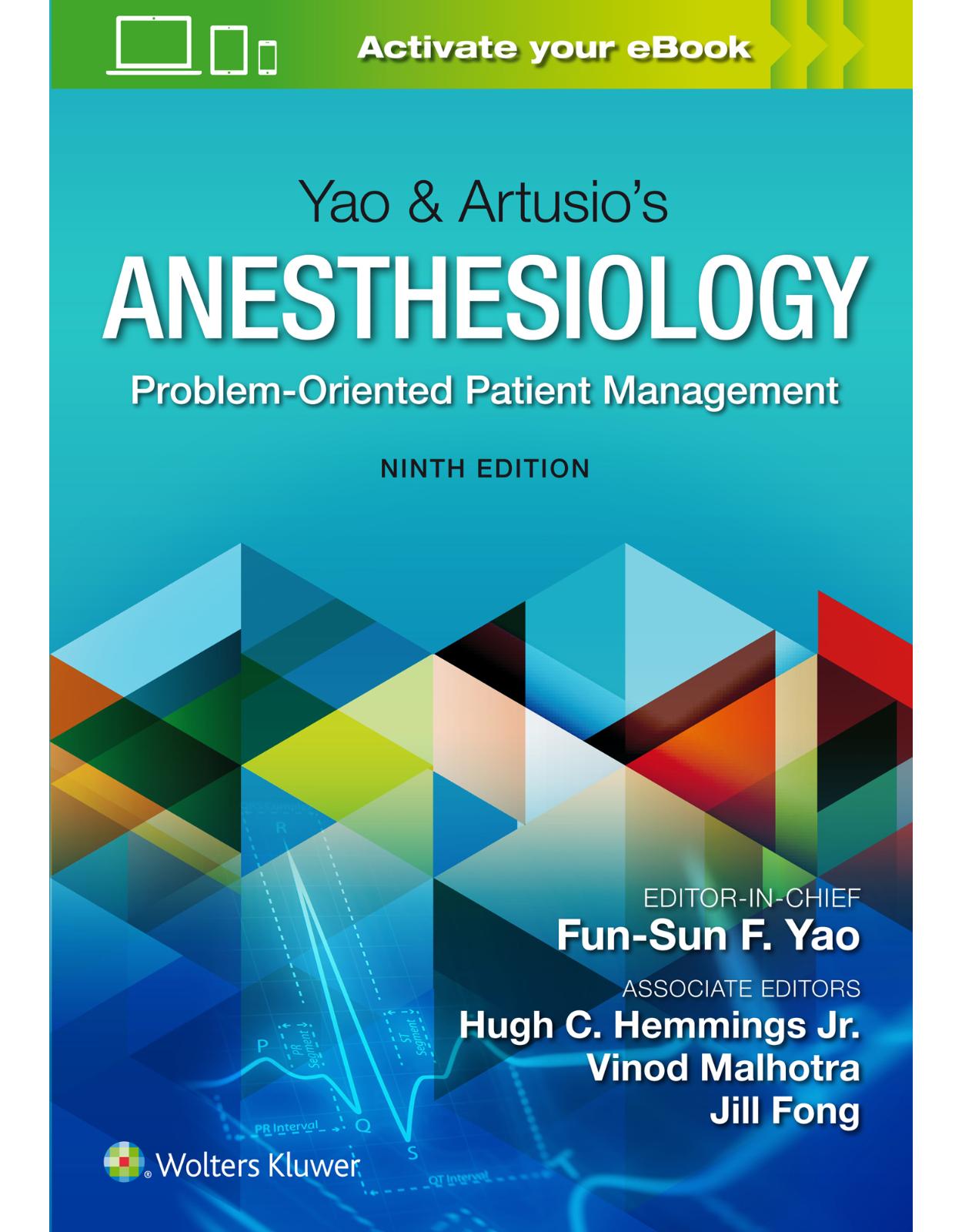
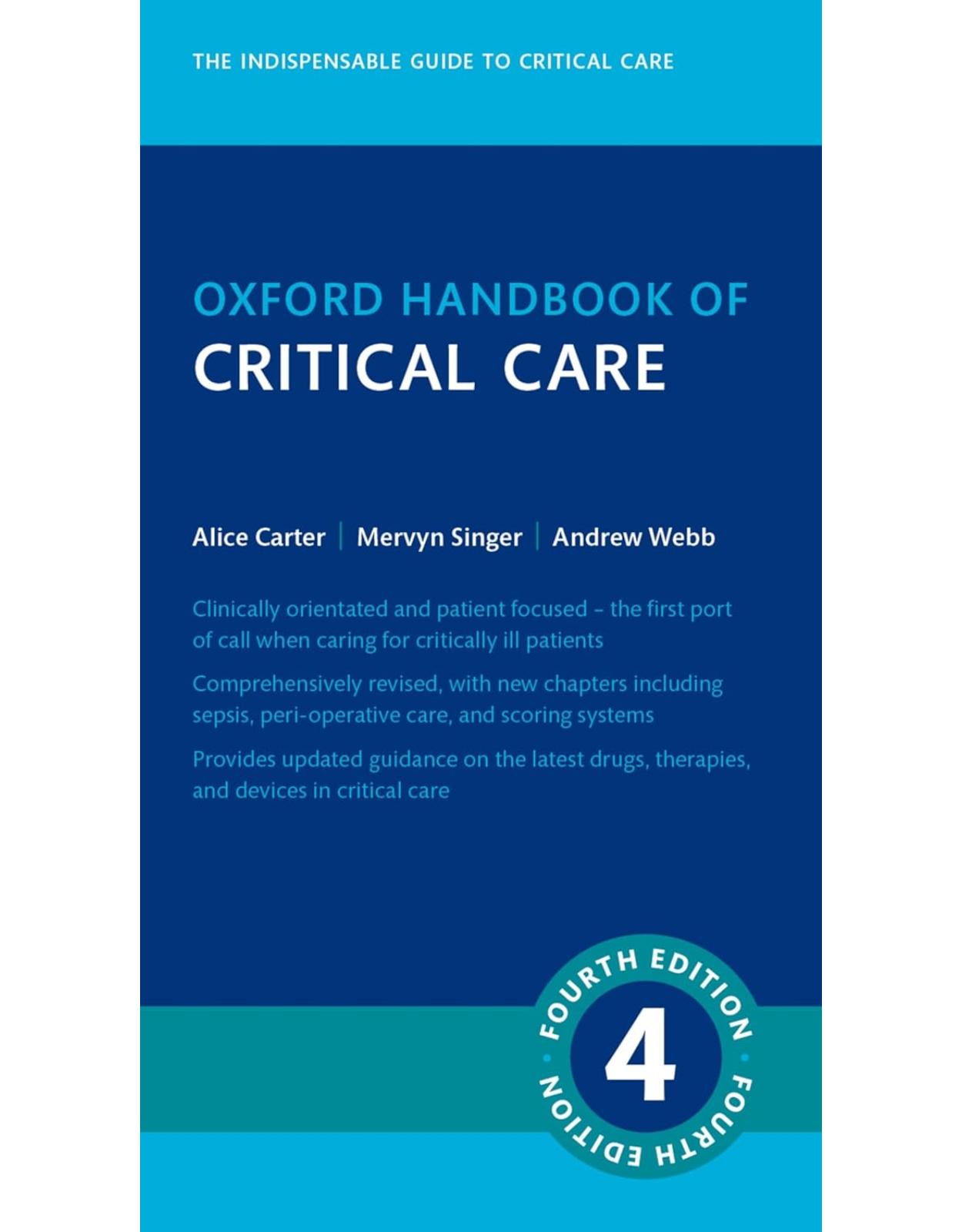
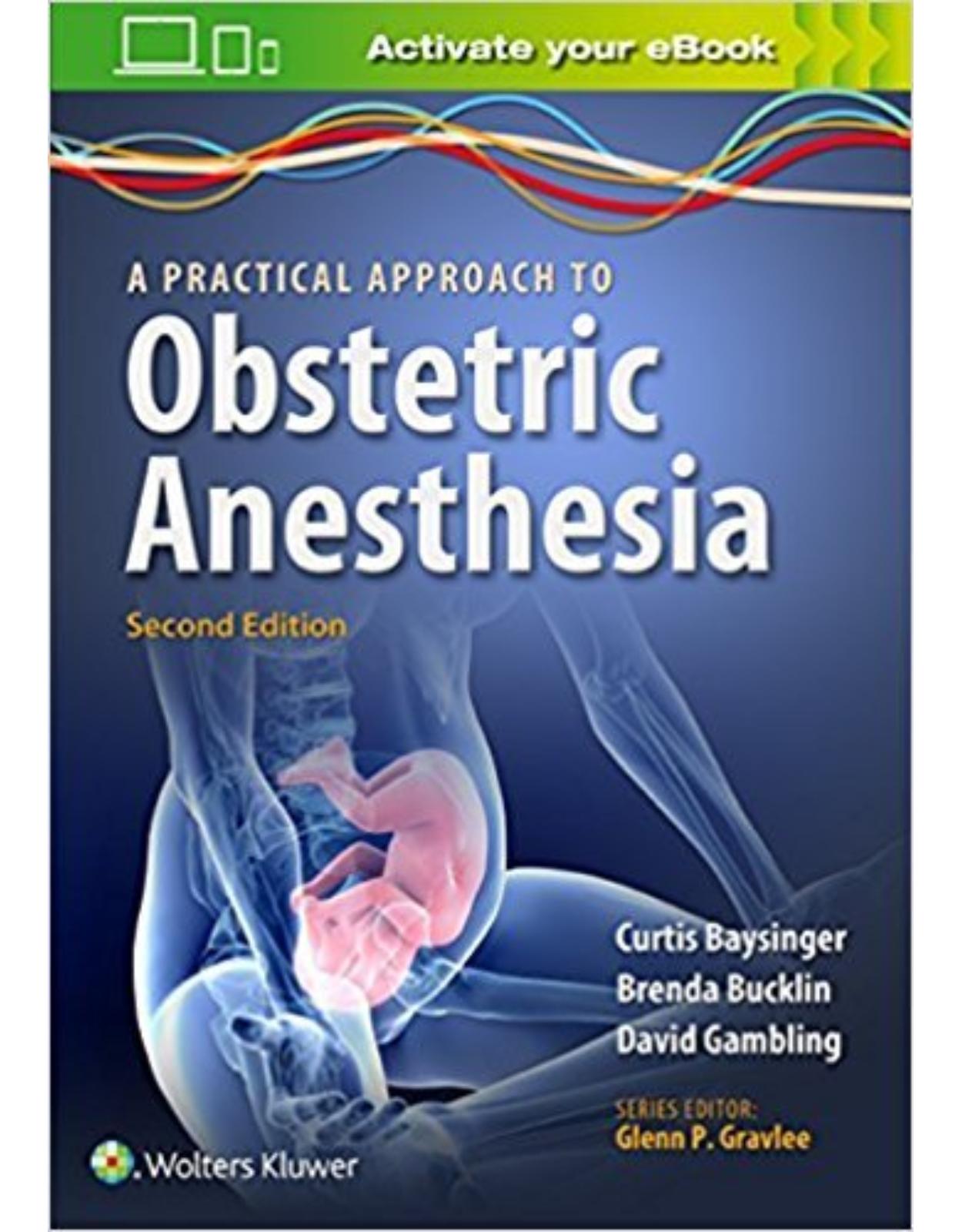
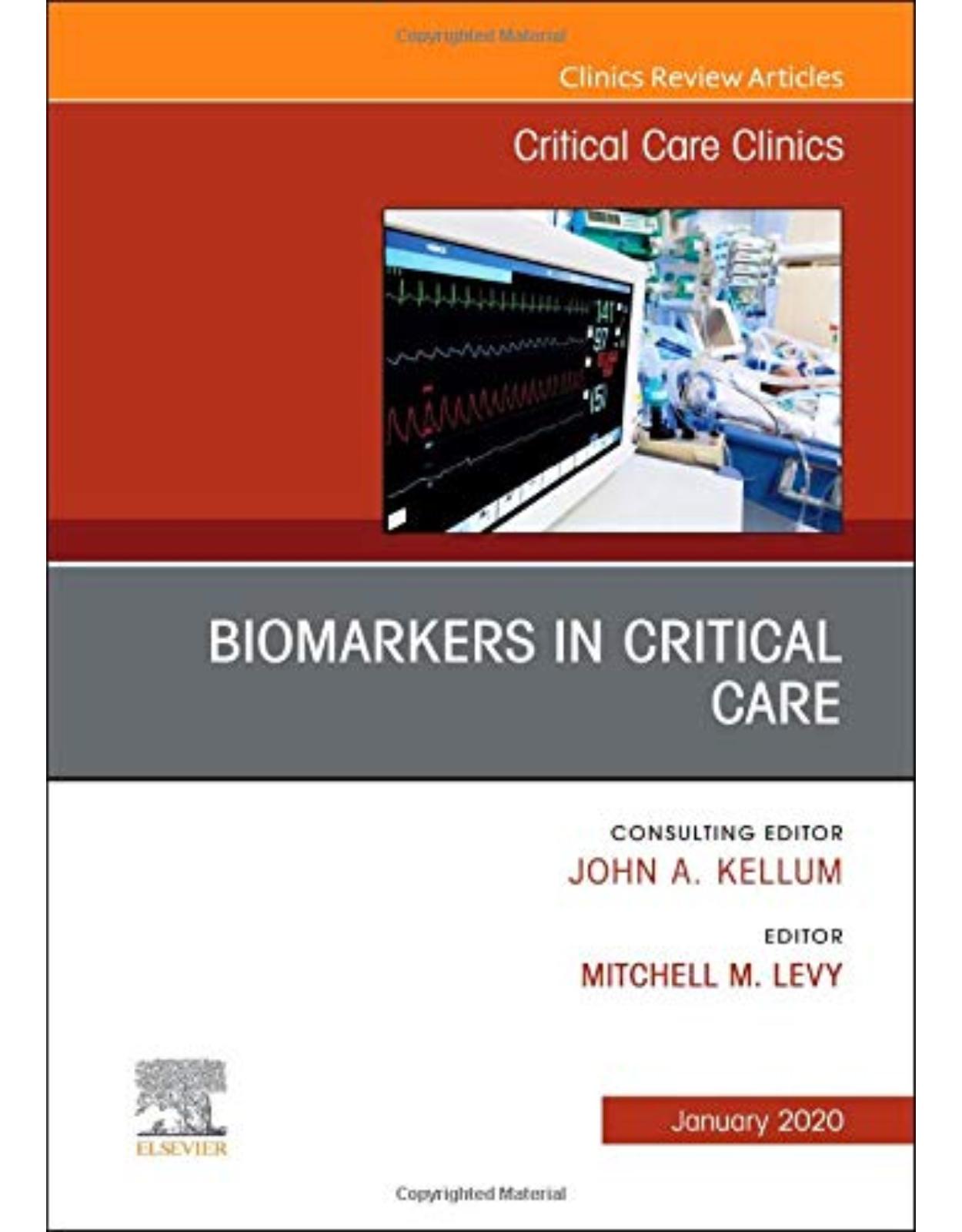
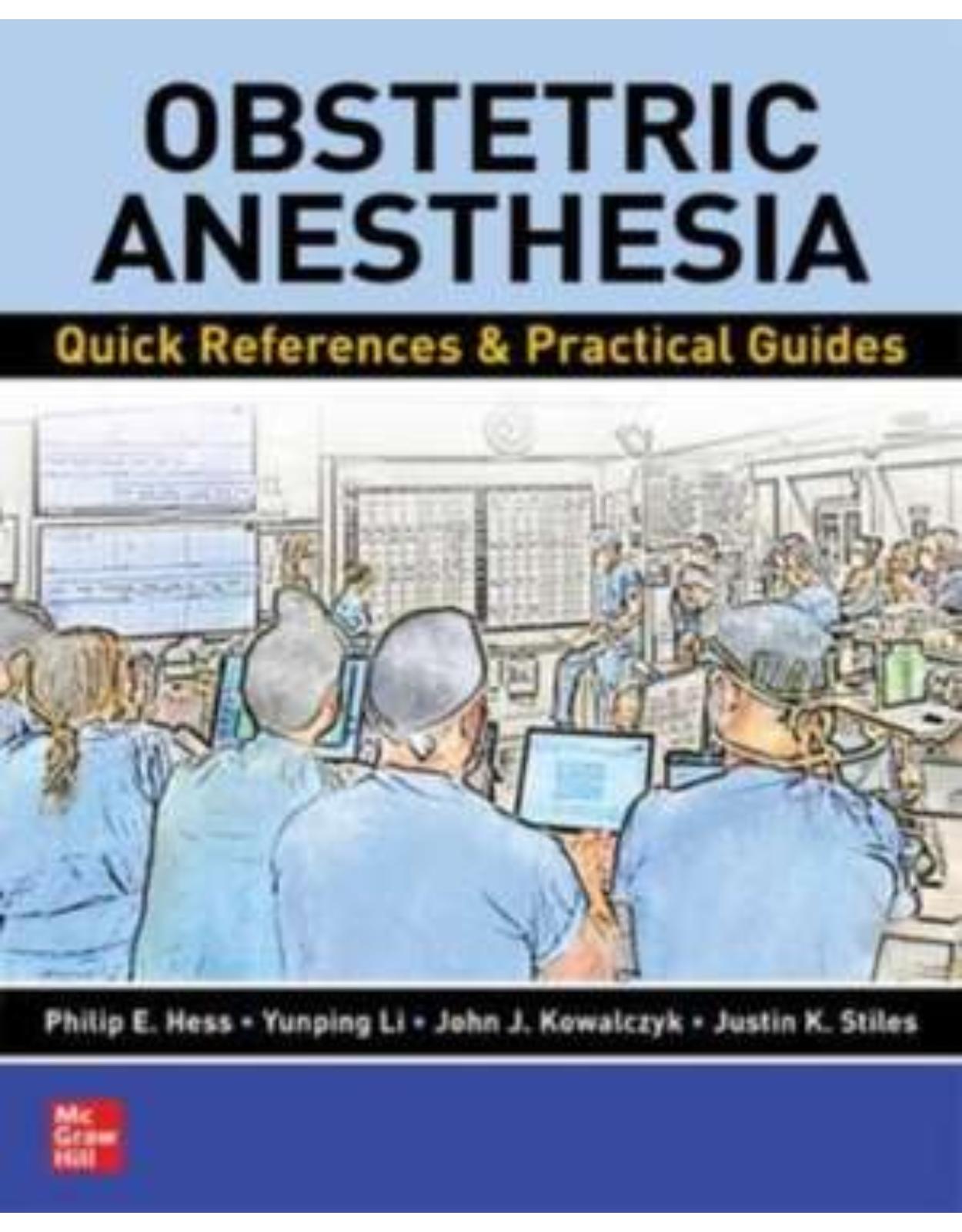
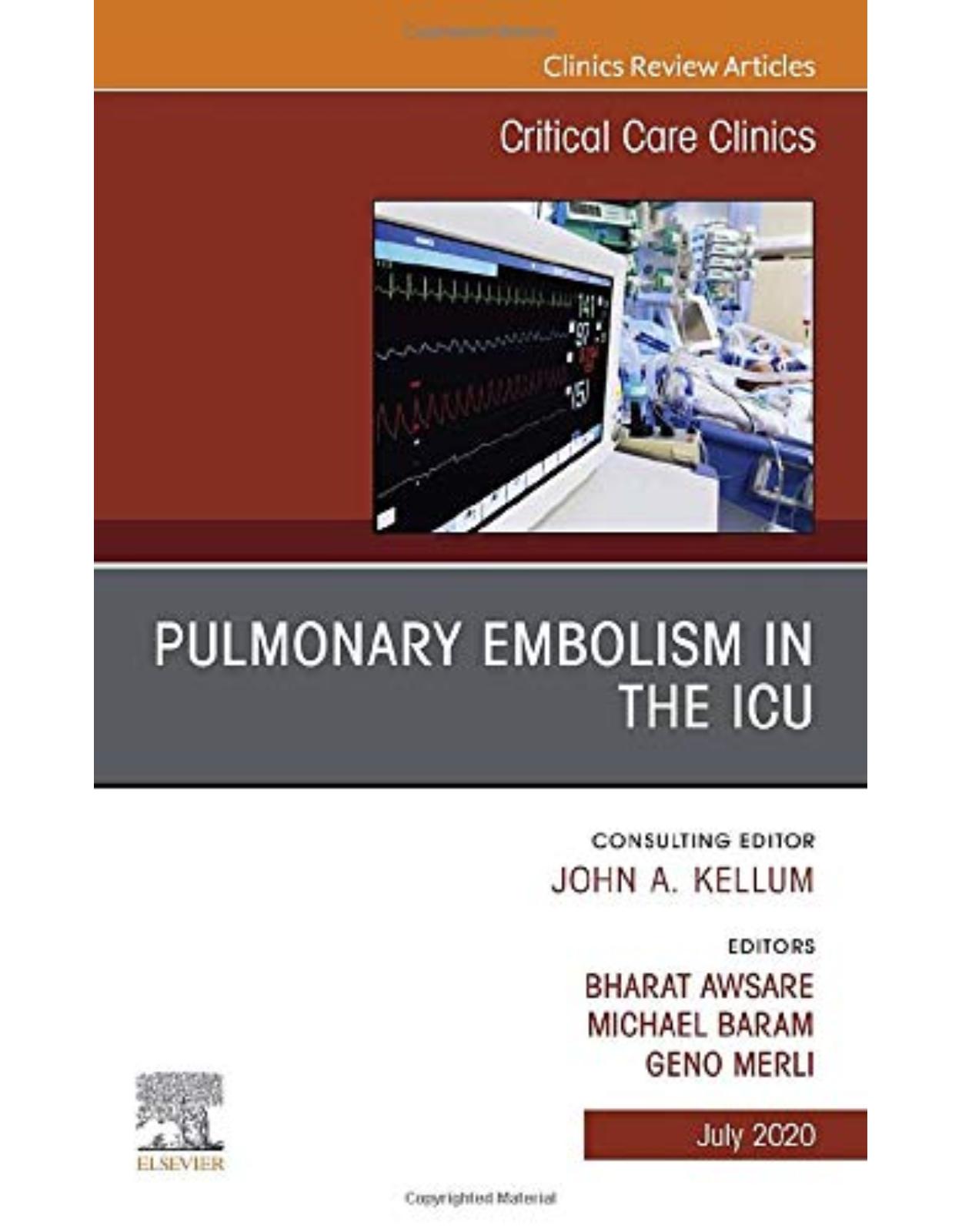
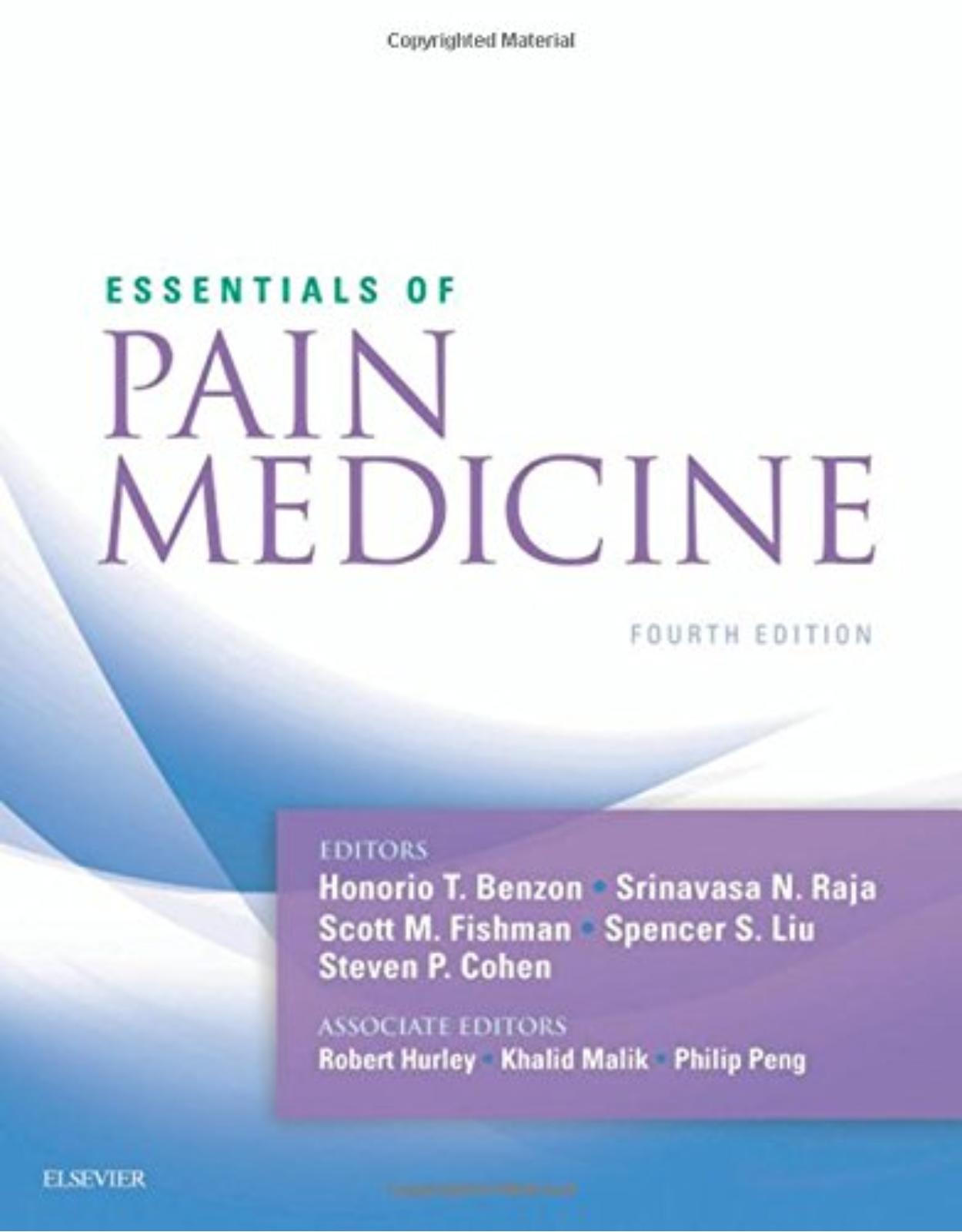
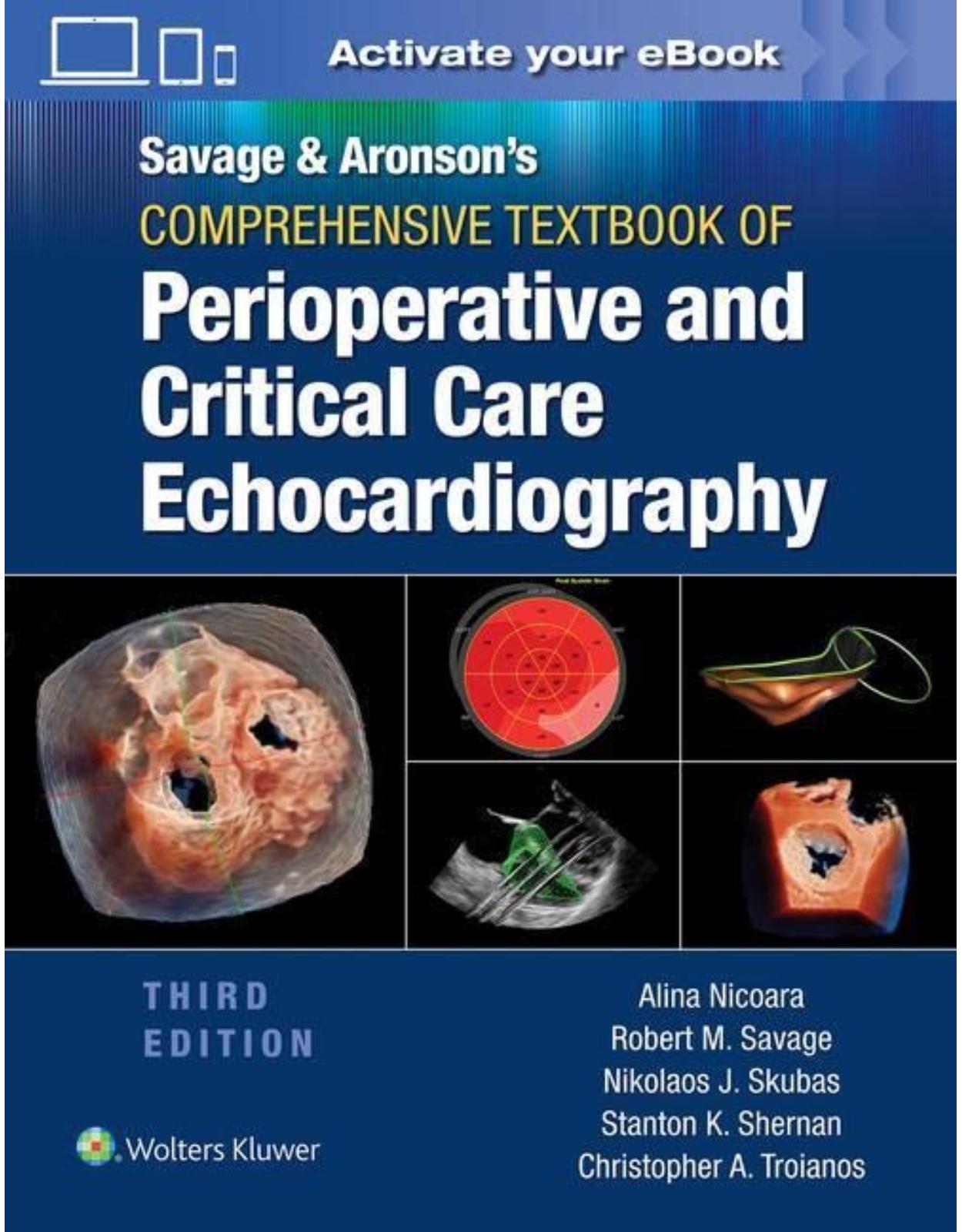





Clientii ebookshop.ro nu au adaugat inca opinii pentru acest produs. Fii primul care adauga o parere, folosind formularul de mai jos.